am designing a BLDC hub motor (48V-500W-15A max)
I have designed a three phase inverter and the motor run normally with smooth rotation and as the motor start running and I apply the load the motor draw more current and every thing is normal.I am using PWM to control the speed
But the problem is that as I apply a load before the motor start to move even a very small load the motor do not start till we reach a high PWM value then the motor draw a very high current spike it reached a 26A then the motor start rotating at a fairly high speed. we run at 10KHz frequency.
So is there is an issue should I take care with at starting the motor on a load or this is a nature response and The only solution is to use very high rating components,,,
